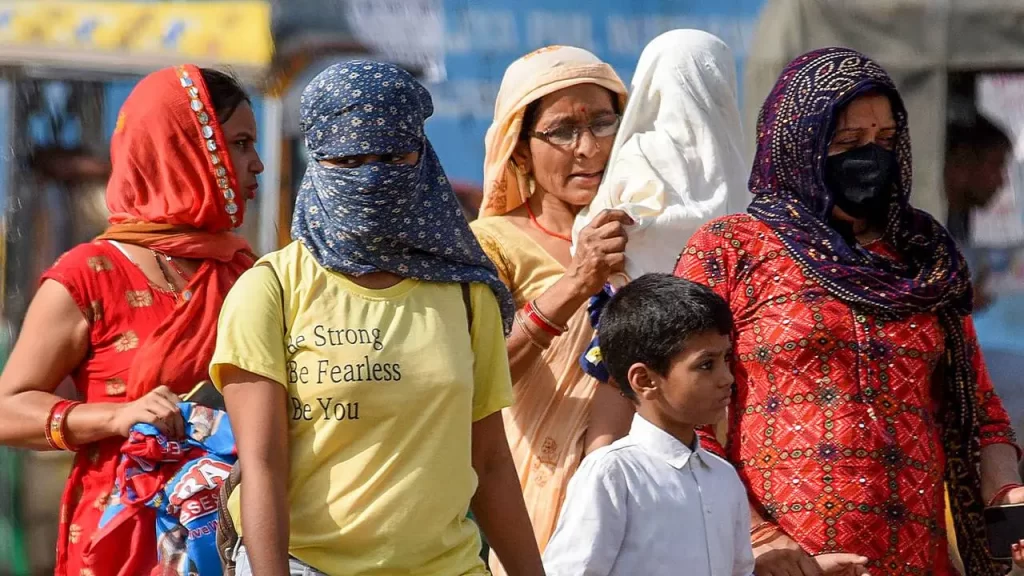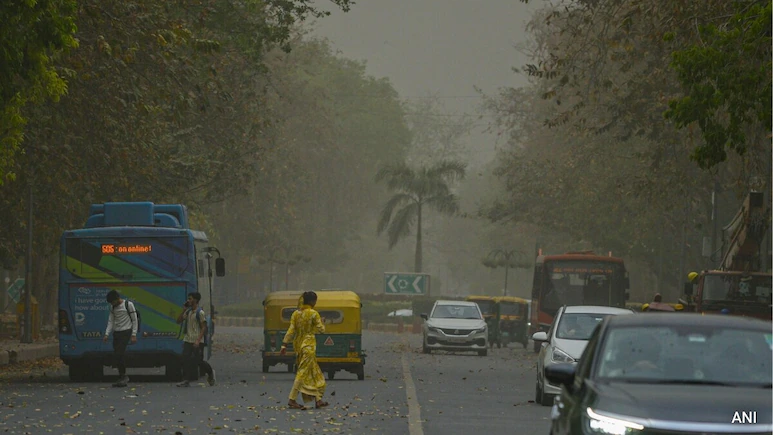The national capital remained gripped by a fierce heatwave on Thursday, with atmospheric conditions pushing the perceived temperature to an alarming 52 degrees Celsius in several areas.
While the India Meteorological Department (IMD) recorded a maximum temperature of 45.2°C, the combination of dry winds and high humidity led to dangerously elevated heat index levels. Localities such as Najafgarh, Mungeshpur, and Pitampura experienced the brunt of the sweltering weather.
The IMD issued a red alert for Delhi, cautioning residents about the likelihood of serious health risks due to prolonged heat exposure. The advisory emphasized precautions for the elderly, young children, and individuals with existing medical conditions.
Medical Cases on the Rise
Health facilities across the capital have seen a surge in patients suffering from symptoms of heat-related stress, including dehydration and heatstroke.
“Outdoor exposure, particularly during the afternoon, is leading to complications,” said a senior physician at a government hospital. “Timely hydration and rest are essential during such extreme weather.”
Electricity Demand Breaks Records
As residents increasingly rely on cooling appliances, Delhi’s electricity usage has climbed to unprecedented levels. Officials reported a peak demand of 8,647 megawatts on Wednesday—the highest ever recorded in the city. Authorities have assured continuous supply and deployed emergency support teams to monitor load distribution.
Relief Operations Activated
The Delhi Disaster Management Authority (DDMA) has implemented emergency protocols. Water tankers have been dispatched to densely populated and under-served neighborhoods, while shelters with basic amenities have been arranged for the unhoused population.
Additionally, adjustments have been made in school schedules, and outdoor activities during the daytime have been curtailed across educational institutions.
Environmental Warnings Emerge
Environmental experts have linked the current heatwave to broader shifts in climate patterns and rapid urban development.
“This is not an isolated event but part of a growing trend tied to climate stress and the loss of natural buffers like green cover,” noted an environmental researcher. “It highlights the urgent need for sustainable city planning.”
Mild Relief Expected
Weather officials have forecast the possibility of light rainfall in parts of the region over the coming weekend, which may bring slight relief. However, meaningful cooling is unlikely until the arrival of the monsoon, expected later this month.
Until then, citizens are advised to stay indoors during the hottest hours, maintain hydration, and keep a lookout for symptoms of heat exhaustion, especially among vulnerable groups.



